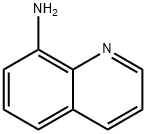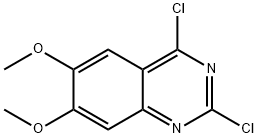Heterocyclic compound
Heterocyclic compounds are a class of organic compounds with cyclic structure. The ring-constituting atoms in the molecule, in addition to carbon, also include one or more nitrogen, sulfur, oxygen and other atoms. Those containing one ring are called single-heterocyclic compounds, such as furan, thiazole, and pyridine. Those containing two or more rings are called fused heterocyclic compounds such as quinoline and purine. The most common and most stable are five- or six-membered heterocyclic ring. Simple heterocyclic ring is capable of merging with benzene or another heterocyclic ring to form a bicyclic, tricyclic or more complex ring system. Some kinds of heterocyclic rings have features of aromatic compounds, such as being easy to participate into substitution reaction, difficult to have addition reaction and being stable to oxidant. Heterocyclic compounds are widely found in nature, such as nucleic acids, most kinds of vitamins, chlorophyll, heme, most kinds of alkaloids, pigments and so on. A fraction of the heterocyclic compounds have aromatic characteristics, such as plants coumarone, jasmonate and animals civetone. There are many synthetic pesticides that belong to such compounds such as herbicides atrazine, amitrole, CMPT, insecticide fluorine propargite, quinoline parathion, thioquinox and so on. Simple heterocyclic compound is an important raw material of organic chemical industry.
The cyclic compounds with atoms constituting the ring system, in addition to carbon atom, also containing O, S, and N heteroatom are collectively referred to as heterocyclic compounds. According to this definition, the cyclic dicarboxylic anhydride, the cyclic imide, lactones, lactides, cyclic anhydrides, lactams, and cyclic ethers, strictly speaking, also belong to heterocyclic compounds. However, due to the nature of these compounds are similar with aliphatic compound, and can easily undergo either the cyclization of the open-chain compounds or ring open reaction to be transformed into chain compounds, thus being generally attributed to the aliphatic chemistry for discussion. Therefore, heterocyclic compounds generally refer specifically to those heterocyclic compounds with relatively stable ring system but different levels of aromatic properties, namely aromatic heterocyclic compound.
The organic heterocyclic compounds belong to a large class in the three large categories of organic compounds, open chain, carbocyclic and heterocyclic organic compounds. It contains various kinds and has a large number accounting for about one-third of all known organic compounds and is also widespread in the biosphere, having close relation with the biological growth, development, reproduction, and genetic variation and so on. Common heterocyclic compounds include furan, thiophene, pyrrole, pyridine, quinoline, carbazole and so on.
These kinds of heterocyclic compounds are widely used in organic synthesis or as pharmaceuticals, pesticides, solvents and so on. They are colorless liquids with special smell or crystallization and have specific gravity being less than or close to water. They are toxic and can be soluble in some organic solvents and slightly soluble in water. In case of fire, heat, oxidants and strong acids, it can cause fire or explosion with simultaneous deposition of toxic sulfur dioxide or nitrogen oxide gas. Furan, when being exposed to the air, is capable of forming peroxides with causing an explosion during distillation. In the management of dangerous goods, according to the risk grades of fire, explosion, toxicity risk, they were classified as flammable liquids, flammable solids and organic toxic chemicals; when used in the reservoir, the first two comply danger of the A and B class while the latter one is based on class C fire danger for conducting fire management. In case of fire, we can use foam, dry powder, water mist, 1211 and carbon dioxide for fire extinguishing agents.















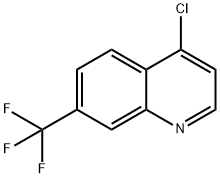






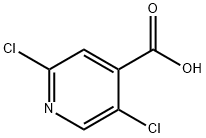





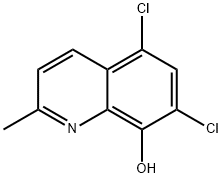




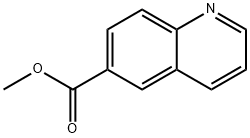




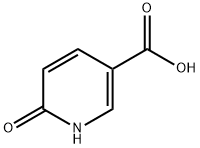












![6-Chloro-4-hydroxy-2-methyl-2H-thieno[2,3-e]-1,2-thiazine-3-carboxylic acid methyl ester 1,1-dioxide](/CAS/GIF/70415-50-8.gif)












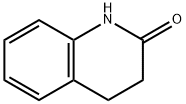









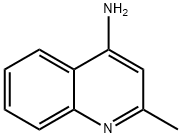







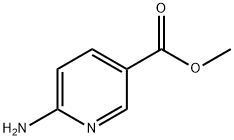

![Cyclopenta[b]pyridine](/CAS/GIF/533-37-9.gif)


